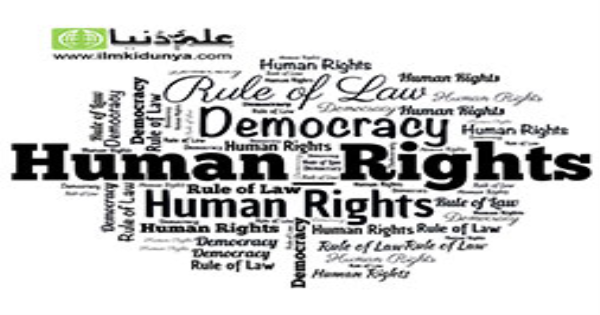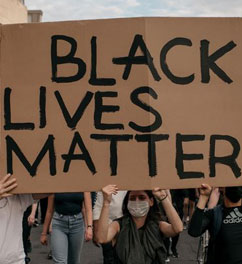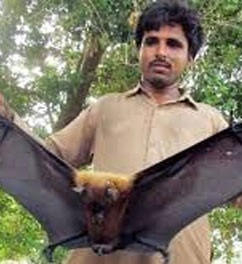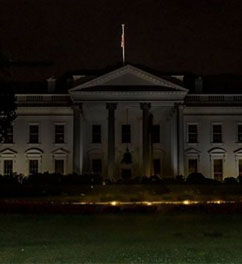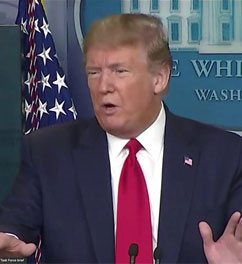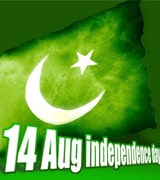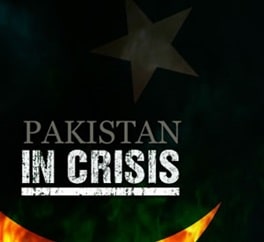Their undoing was their high command’s lack of strategic vision. Had they inducted more troops into the theatre of war and employed them to block the Durand Line, they could have isolated the Mujahideen from their handlers and logistics in Fata and Balochistan.
Thirty years later, America repeated the Soviets’ mistakes by not blocking the Durand Line prior to initiating an air-bombing campaign that allowed the routed Taliban and their Al Qaeda friends to escape. For this strategic blunder they are now paying dearly. Almost 2,200 troops have been killed so far, including 640 this year.
Unable to cope with the regenerated enemy, they have rightly concluded that the war cannot be won. But unlike the Soviets, they have wrongly decided to give it a final surge. Hence the new strategy which seeks to create an environment for a political solution that would allow the US to initiate the withdrawal of its forces in July 2011.
The strategy is predicated on the hypothesis that the reinforced military (40,000 more troops) would inflict such punishment on the enemy as would compel it to sue for peace, while at the same time the incentives offered to its rank and file would make them gravitate towards the government.
Despite the trauma of nine years, the Americans continue to underestimate the Taliban’s skills that have made a professionally trained and over-equipped army look ridiculous. They expect to achieve in one year what they have been unable to achieve in nine years. It is this kind of strategic thought that brought them to grief in Vietnam.
The harsh reality of a counterinsurgency (COIN) war is that unless it is won within one year, it tends to drag for years. This goes against the COIN forces as their soldiers, apart from Special Forces’ soldiers, are basically groomed for conventional war.
In a COIN war, control of the people is critical. If the insurgents win them over the COIN forces have to contend with a hostile population in addition to other factors. Conversely, if the COIN forces win them over, the insurgents will begin to gasp for breath as they derive their staying power from the people. People tend to support the side that enjoys the upper hand.
Secondly, as in conventional war, in COIN war too the dimensions of space and relative strength, like time, are of critical importance. The insurgents do not hold and defend space, for doing so would involve pitched battles in which they would be wiped out.
The insurgents withdrew into the mountains when 4,000 US Marines landed in the Helmand River valley on July 2, 2009, and when 15,000 US and Nato troops landed in the valley on Feb 13, 2010, to secure Marjah. But, as underscored in an earlier article, what hurts the insurgents most is the loss of their safe havens.
As for relative strength, the COIN force has to be constituted on the basis of the desired soldier-to-insurgent ratio, determined after a dispassionate analysis of the people’s disposition to the insurgency, the skill and fortitude of the insurgents, their numbers, their strengths and weaknesses, their arsenal and their supply chain, the geography of the area and their sanctuaries.
The COIN forces in Afghanistan reportedly enjoy a ratio of 15 soldiers to one insurgent — 300,000, including 150,000 Northern Alliance troops against an estimated 20,000 insurgents including 5,000 of the Haqqani group. This needs to be imaginatively manipulated.
The strategy and tactics adopted by COIN forces must lead to: 1) gaining and retaining the initiative; 2) continuous depletion of insurgents’ numbers; 3) their transformation from hunters into the hunted; and 4) creation of a sense of insecurity in them.
The American-led forces in Afghanistan are in a quandary even after nine years for two reasons: a mediocre command and self-defeating strategies. The main effort in the new strategy is being placed in the wrong direction: protection of the people — as Adm Mullen says we are “shifting momentum from the enemy to the Afghan people”. This is a defensive role which leaves the initiative with the insurgents.
The thrust of the strategy should have been on-going after the critical space of the insurgents. Their safe havens, their critical space, if pursued would inevitably force them to adopt a defensive posture and lead to pitched battles in the mountains and, alternatively, force them to descend into the valleys where they become vulnerable to superior firepower.
It is a popular misconception that the insurgents’ safe havens are in Pakistan; the reality is that the sanctuaries of most Taliban fighters lie in the Hindukush. As for the Haqqani group, only about 15 per cent of the group is believed to operate out of North Waziristan. The rest operate from the adjoining Afghan provinces.
If an operation is launched in North Waziristan the Haqqani group fighters, rather than challenging the Pakistan Army, would simply slip out and join the rest of the group. North Waziristan is bristling with militants and the prevalent operational environment militates against an operation there. Doing so would have far-reaching implications for the army. The imperious dictates of the so-called strategic partner should be resisted despite the threats including the one to bomb 150 targets should the origin of an attack in their country be traced to Pakistan.
In the event, how should Pakistan respond? Take it lying down or stand up and retaliate?
The military command in Afghanistan should have learnt lessons, not only from the American defeat in Vietnam but also from the defeat of the Soviet Union in Afghanistan. A study of their conduct of war, however, reveals that they have not.

















